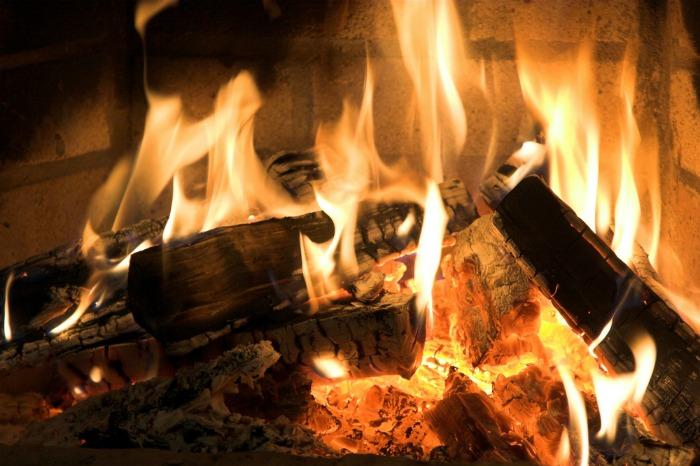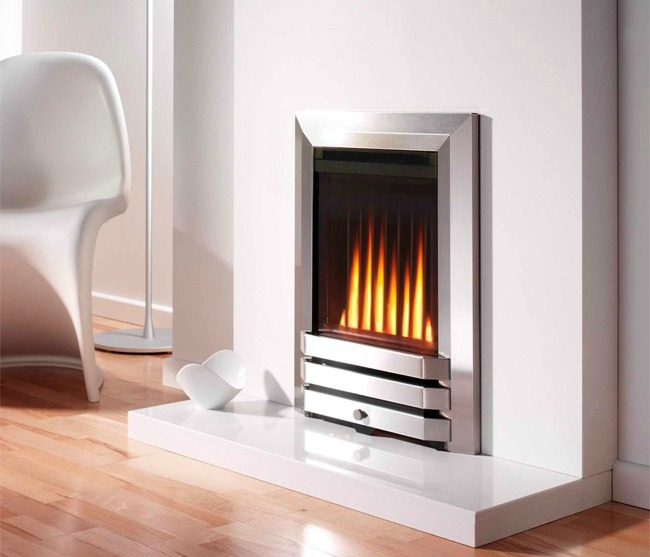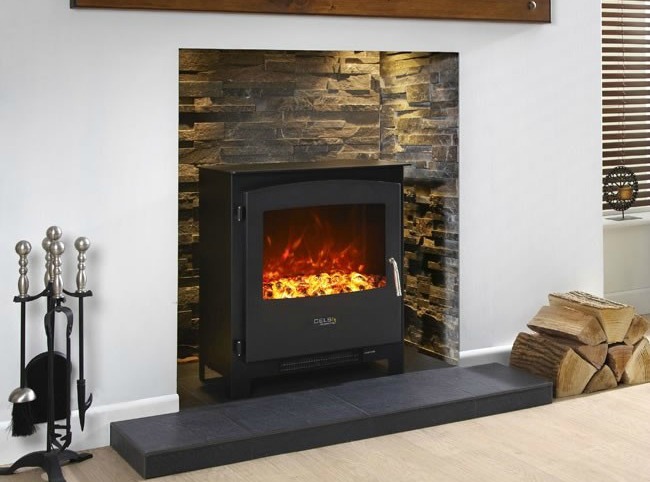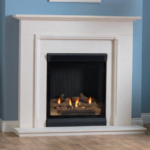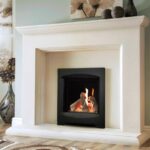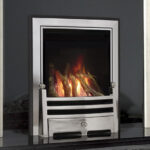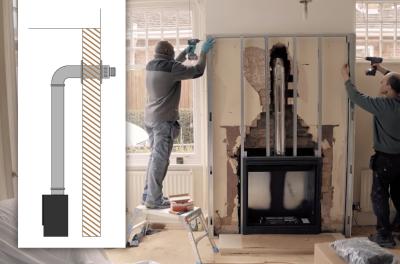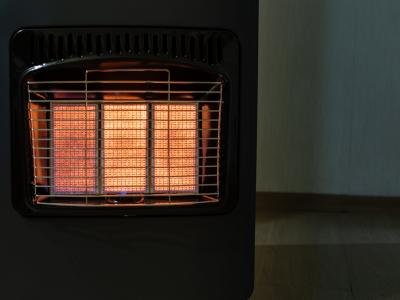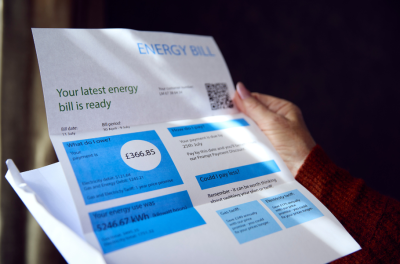We use cookies to improve your experience and our business. See our privacy/cookie policy or continue browsing to accept our use of cookies. View our cookie policy.
Should You Buy A Fireplace Or Stove?
It’s the burning question that more and more people are asking these days - should you have a fireplace or a wood burner?
Fireplaces are obviously the more traditional option, but wood burners and multi fuel stoves are becoming very popular. However, there are several things to consider before you take the plunge and decide one way or the other. This guide will give you the lowdown on whether to install a fire or a stove in your home.
Summary:
- If you have a chimney, a stove or fireplace can be installed without too much hassle.
- If you don’t have a chimney, you can use a twin wall flue system, or install an electric fire, a flueless or balanced flue gas fire.
- Electric and gas stoves are also available if you don’t have a chimney.
- Fireplaces are generally cheaper to buy than stoves.
- Flueless gas fires are the cheapest to run; electric fires are the most expensive; wood burners are somewhere in between.
- Electric fireplaces are the most efficient.
- Stoves can get up to around 85% efficiency, depending on the make and model.
Fireplaces are available in a wide variety of modern and traditional styles.
If you want to understand more about these issues, carry on reading...
Do you have a chimney?
Whether you have an existing chimney or not could play a large role in whether you opt for a fireplace or stove.
If you do have a chimney, then you can install either a stove, a gas fireplace or even an open fire into it. However, if installing a stove, then you'll also need to fit a flue liner and stove pipe, which will cost extra. An inset fire will also work well with an existing chimney as it can be slotted into the chamber.
If you don’t have a chimney, then there are a few options available to you. The first is that you can choose an electric fire, which essentially just needs to be plugged in and doesn’t need a flue of any kind.
If you have a gas connection but no chimney, then you can still install a gas fire. You can either choose a flueless gas fire, which converts the gas into a safe vapour, or you can go for a balanced flue gas fire that require venting through an exterior wall. A third option is a power flue gas fire, in which a fan powers the flue, sucking the fumes out of a rear vent - again, this is an option if you don’t have a chimney.
Flueless gas stoves are also available if you’d prefer a stove, but are often much more expensive.
NOTE: there are certain room size and vent requirements with flueless gas fires, so might not be suitable for small rooms.
It goes without saying, but always make sure a gas fire is fitted by a registered Gas Safe engineer.
If you don't have a chimney, then you may think a wood burning stove is off limits, but that's not the case! You can install twin wall flue, which provides a flue that can either go out of your roof or an external wall. You can cover this up with a false chimney breast if you don’t like how it looks, although this will obviously incur additional building costs.
Cost of fireplaces vs stoves
If the cost of buying a fireplace or a stove is an important factor for you, then you’re probably going to end up leaning towards a fireplace. In general, fireplaces are cheaper to buy than stoves, depending on the type you buy - although you might be surprised at how affordable many stoves are these days.
You also have to take into account any installation costs. A wood burner will need to have some kind of flue system, and if fitted into a chimney will require a flue liner. This isn’t necessarily the case with a fire (if you have an electric fire, for instance), so will you have to undertake any building work to have it fitted?
In terms of running costs, the type of appliance you have will determine how much it will cost you to heat your home. The cheapest way of heating your home will usually be a flueless gas fire, while electric fires are one of the more expensive sources of heat as they don’t produce as much heat. Obviously the cost of running a fire will depend on electricity and gas prices.
Stoves, either wood burning or multi-fuel, cost however much you spend on the fuel. However, on average, the cost to heat an average size room will usually sit somewhere between a gas and electric fire.
Efficiency
The more efficient your fire or stove is, the more heat is used to actually heat your home, rather than disappear up the chimney, which will save you money.
Taking this into account, electric fireplaces are 100% efficient as they don’t require a flue. Likewise, flueless gas fires have also near perfect efficiency. A wood burning stove will clock in around 85% efficiency, which is excellent, although the type of stove you have can affect this.
Some stoves can improve adjust their efficiency depending on the room temperature, size, etc, while some brands also produce more eco-friendly extra efficient models.
If you have an open fire, then the efficiency is very low (around 25%) as a lot of the heat goes up the chimney.
Aesthetics
This largely down to personal preference really. Many people love the look of a wood burner, especially if it means they can have a real fire, and this is what drives their decision.
However, it shouldn’t be forgotten that you can buy some stunning fireplaces in a huge range of styles and designs. For example, if you have a period property, then a Victorian-style fireplace would look fantastic, but if you want something more modern, then a wall-mounted fire would make an eye-catching feature.
Many people like stoves because it allows them to have a real fire, but if that's not feasible, there are some amazing flame effects being produced now - you can learn more about them in our electric fire buying guide.
If you want the look of a stove but can’t have one for whatever reason, then you might want to consider an electric stove instead.
You can check out our full range of fireplaces if that’s your preferred option, but if you’d like a wood stove, take a look at our sister site, Direct Stoves.
[related_products is_auto_added="1"]direct fireplaces
Latest posts by direct fireplaces (see all)
- Which Electric Fireplace Gives the Most Heat? - February 5, 2021
- Retro Fires and Retro Stoves for the Home - January 22, 2021
- Do I Need a Fireplace in My New Home? - January 20, 2021

